Table of Contents
Delicious while they last, foods are universally perishable. Preserving food is important to make sure you can enjoy leftovers and stay healthy.
Some foods can even begin to rot in less than twenty four hours. Other foods, such as root vegetables, are more resistant to natural decay and can be stored without preservation for a longer time. There's really no one best way, as there are many different safety zones for categories of food. Luckily, food preservation is an evolving science. We have various approaches already and new techniques are being constantly experimented with.

What are the Different Ways of Preserving Food?
Food preservation is any process to prevent decay and spoilage. There are various ways to ensure foods remain fresh. After all, you want to be able to enjoy them on your schedule without substantial loss of nutritional value. How long a type of food will remain preserved can be affected by its nature and the technique used. Most foods can be safely and easily preserved for days. Some can be preserved for weeks and months.
Different ways of preserving food are:
- Freezing
- Smoking
- Vacuum sealing
- Salting & pickling
- Canning, bottling, or jarring
- Pulsed electric field processing
Out of all these choices, freezing is the simplest of food preservation techniques. It is practiced in households all over the world as well as commercially and industrially. The frigid temperatures mean bacteria can't grow and keeps your food safe for long periods of time. Cold storage preserves foods for weeks, months and even years!

Smoking
A great, traditional way to preserve food that has a long history. It is a cooking process where food is exposed to smoke for a long period of time. The smoke cooks and cures the food, ensuring that it retains flavor and has a great shelf life. Smoke is antioxidant and antimicrobial. Smoking is mostly used for fish and meats. There is some concern that smoked foods present a cancer risk and may potentially contain carcinogens.
Vacuum packing
The process is eliminating oxygen inside the package so bacteria cannot survive. Most foods you buy at groceries are sold in airtight containers.
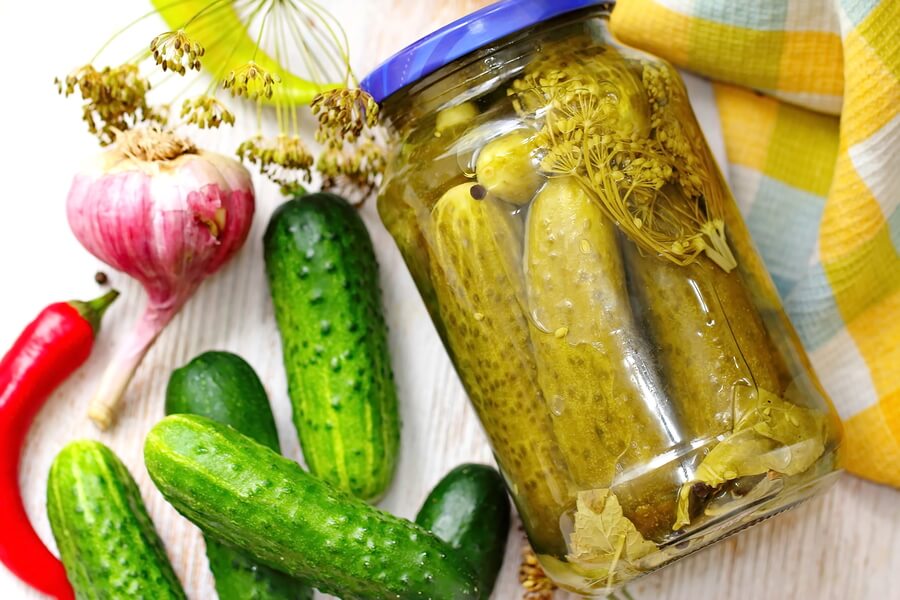
Salting and pickling
Also great methods of curing. They are old preservation techniques. Salting removes moisture from various types of food, especially meat. Pickling usually involves a salt solution or brine, vinegar or some oils. There are different methods of pickling too such as fermentation and chemical pickling. Check out more on fermented foods here.
Canning, bottling, and jarring
Bottling and canning are common methods practiced around the world. Sterile cans and bottles are used to cook and store. However, these containers do not preserve food after they are unsealed. Sugar is commonly used to preserve certain foods, especially fruits. Many fruits are cooked in sugar till the crystallization phase. Lye or sodium hydroxide is used to increase the alkaline content in foods that inhibits growth of bacteria.
A popular preservation technique, especially for creating preserves, marmalade and jellies. Potting is another form of preserving food in a semi-liquid form. Meats are usually kept in sterile pots and they are sealed with fat. Jugging is a stewing method.
Pulsed electric field processing
While not a widely practiced technique, this method uses strong but brief electric pulses. The method is still being perfected. Modified storage, atmosphere, pressure and packaging are widely in use.
Why are Foods Preserved?
Foods are preserved so they do not go bad. All foods will decay and decompose. It is only a matter of time. All foods also deteriorate before they get spoiled. Deteriorating food has reducing nutritional value. Many foods get contaminated before decomposing and they are no longer edible. All foods are subjected to decay due to oxygen, moisture, light, changing temperature and pressure, microorganisms and chemical changes. Foods are preserved to limit their exposure to all the agents of decomposition.
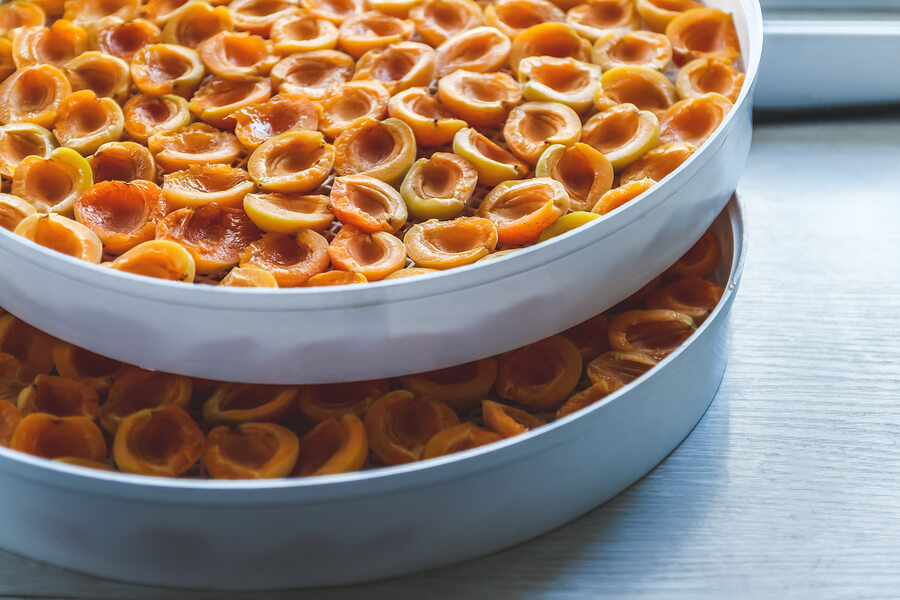
The Best 5 Ways to Preserve Your Own Food
While there are many ways to preserve food, some are more difficult than others. Since the techniques vary, you may need different types of equipment. There are a few ways to preserve your own food. Here are the best five food preservation methods at home.
1. You can refrigerate foods. If you wish to preserve food longer, freeze them. Most cooked meals can be stored for up to a week. Packaged foods may last weeks or months. If you know you won't use up something soon, pop it in the freezer. Make your herbs long lasting by freezing them in ice cube trays with a splash of broth and other seasonings.
2. You can use heat as a food preservation technique. This is not applicable for all foods but great for veggies. The method is known as blanching, which is basically boiling foods at considerably high temperatures to limit and eventually destroy enzyme activity. The high temperature also destroys microorganisms. You should store blanched foods in airtight containers. They can have a long shelf life if done well.
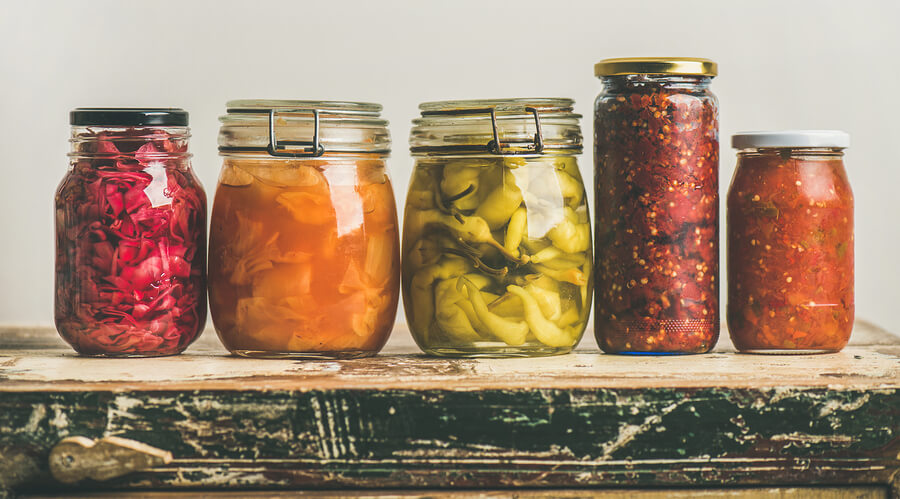
3. Foods can be stored in strong concentrations, such as vinegar.
Solutions of salt, sugar, alcohol or acid are also useful for certain foods, depending on your desired flavor. Acidic fruits can be preserved in a solution of concentrated alcohol or sugar. Vegetables are alkaline so they can be stored in concentrated solution of salt or vinegar.
4. An easy method of food preservation at home is airtight packing. There are many ways to limit exposure to air. You can seal containers with fat. You can use vacuuming techniques as well. There are affordable vacuum sealing systems on the market, perfect for food prep.
5. Extracting moisture from foods is an effective food preservation method. You can air dry some foods, just using your oven on a low setting. There are also food dehydrators, if using your oven is too cumbersome. These are prefect during the summer months when you really don't want to be heating up the whole kitchen. Exposing foods to hot air facilitates drying. You can dry so many things, such as sliced fruits and meat. Extracting moisture through osmosis is a reliable method. You can use concentrated solutions of sugar or salt to facilitate osmosis.
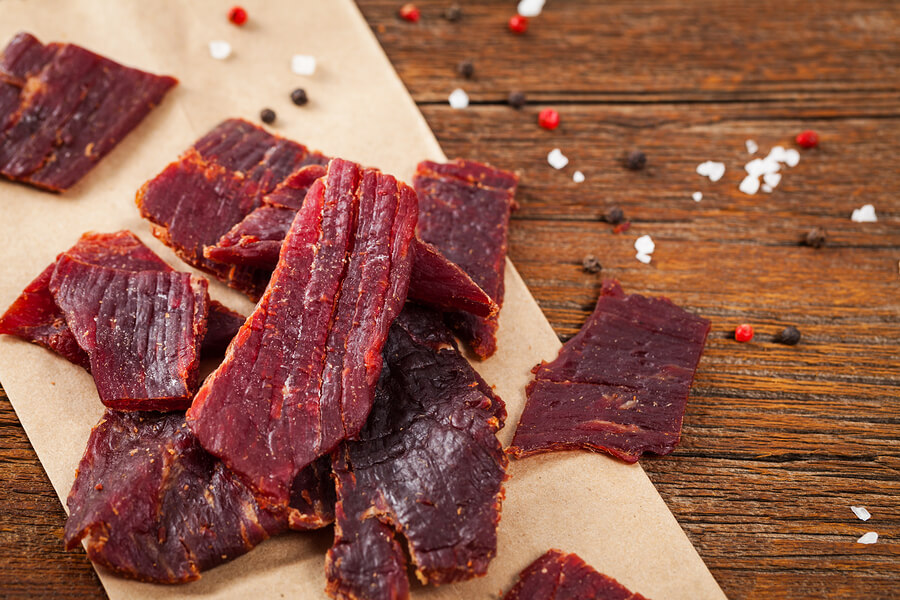
What is the Oldest Method of Preserving Food?
One of the oldest methods of food preservation is drying. It is unclear if it is the oldest food preservation methods as burying foods in the ground and other techniques were also used during ancient civilizations. Sun and wind are natural drying agents. Cultures across Asia had the practice of drying foods such as:
- Meats
- Fish
- Fruits
- Vegetables
Romans used the drying method for herbs and vegetables. Air drying or using sunlight and wind is an old practice that is still relevant today. Many foods, especially spices, are commonly sold in dried form. This makes for easier transport and increased shelf life.
Drying is actually a scientific method without the reliance on any special equipment. Drying extracts the moisture out of the foods. Since bacteria thrive in wet, dark places, this means your food will be safer to eat. The lack of moisture also reduces the oxidative impact. Many enzymes are broken down and the activity is reduced during drying that makes the foods last longer. The method has evolved with time. There are various types of drying techniques used today. You can get dehydrators with shelving, flat beds, or try your hand at freeze drying.
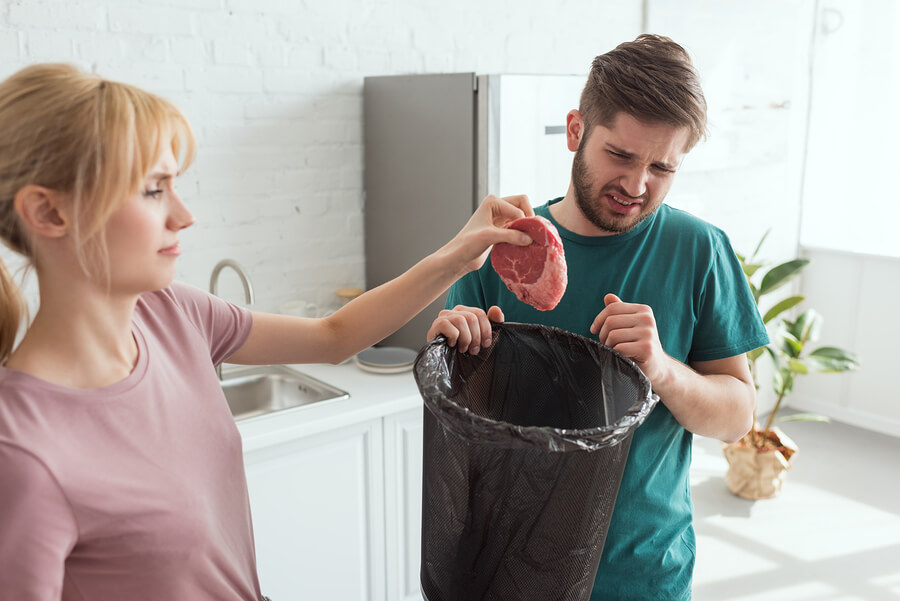
How to Stop Food from Rotting?
Foods rot quickly with exposure to sunlight and open air. As a result, the moisture and changes in temperature turn your dish into a breeding ground for bacteria. Further, enzyme activity is increased by the various agents of decomposition. Foods tend to lose their aroma and undergo changes in color and texture. They either become softer or harder and undergo a rapid decline in nutritional value before rotting completely.
What can you do?
Preservation techniques can help you prevent food from rotting. Since most households have refrigerators today, the cause of rotting food isn't usually exposure. Many people forget to enjoy food before the expiration date and have to toss it. In other words, the cause is sometimes our fault! Even frozen foods will eventually go bad. A helpful tip is to mark the date your freeze or store foods. Then, check them periodically to see when they should be eaten.
There are many things you can do to stop food rot in its tracks. For example, don't stock up on foods that expire quickly. Buy fresh produce as you need it instead of in bulk. When storing food, remember to refrigerate them so they don't come in contact with contaminating items, such as meat. Keep your fridge clear of clutter; hidden food will quickly go to waste! Maintain optimum temperature for the types of food you are refrigerating.
What are your favorite ways to make food last? Do you like to preserve whole meals at a time or individual ingredients? Let us know down below!

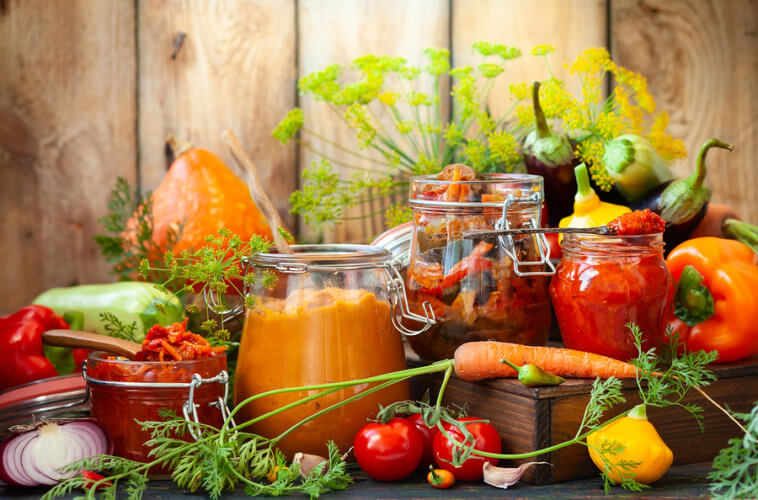
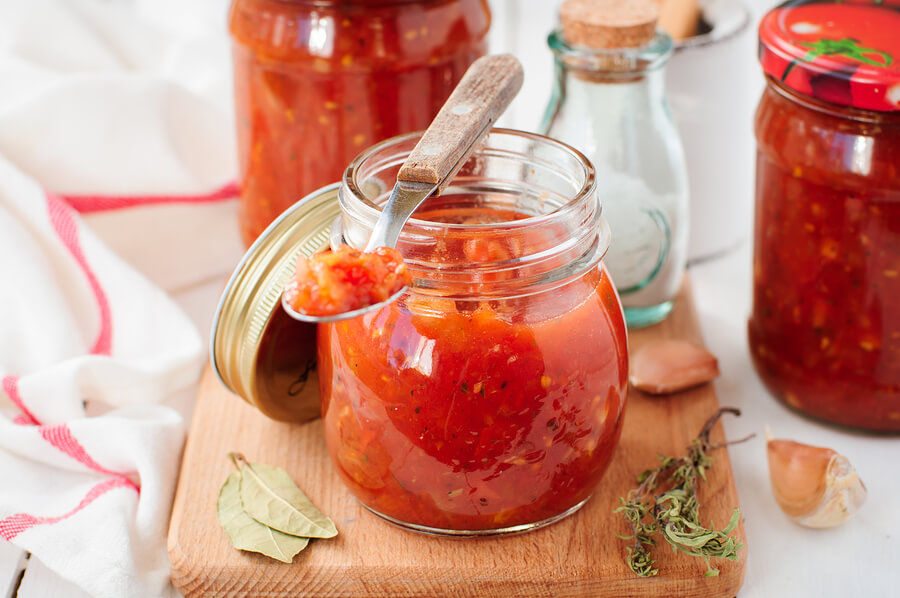


Comments
Loading…